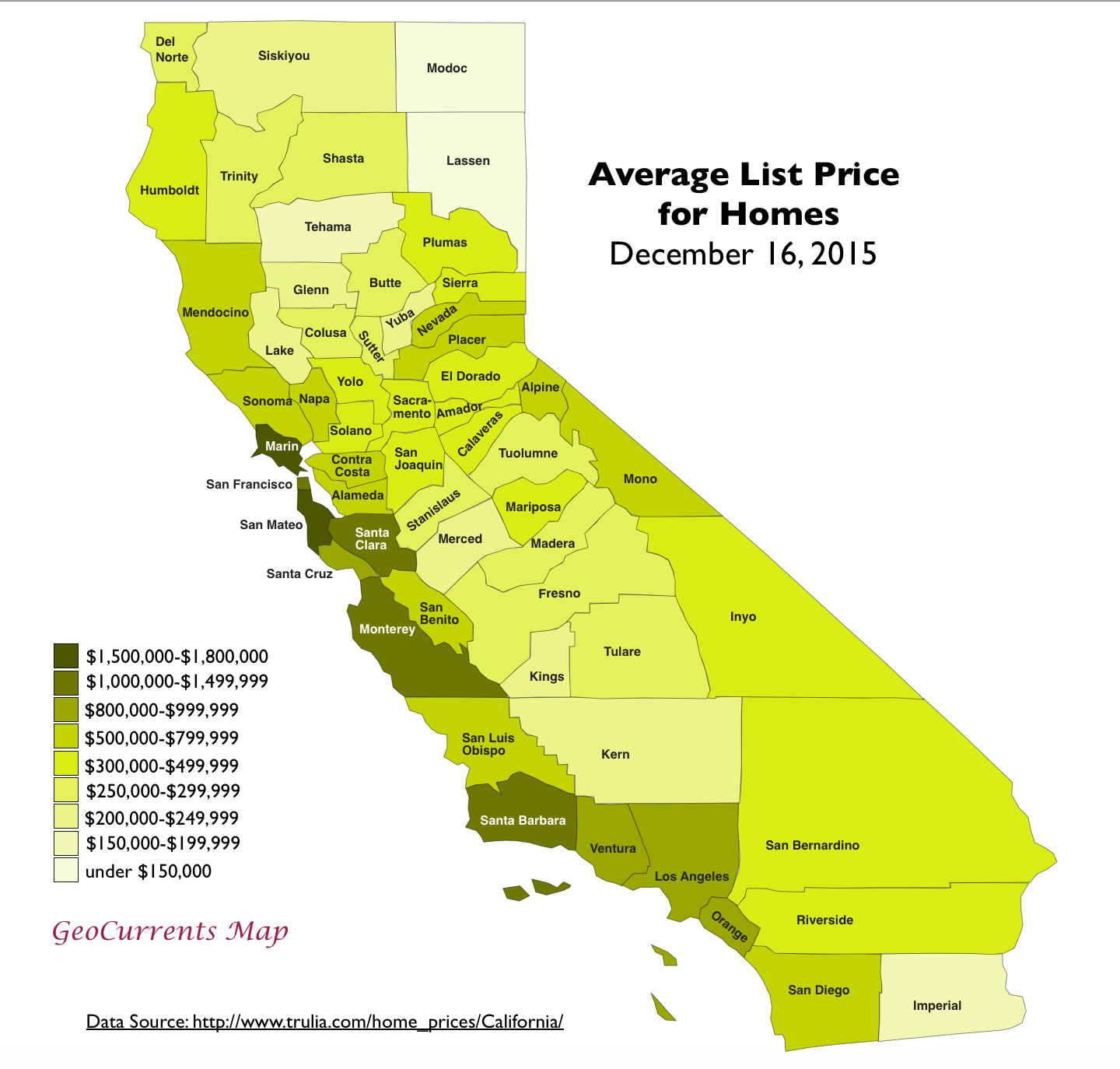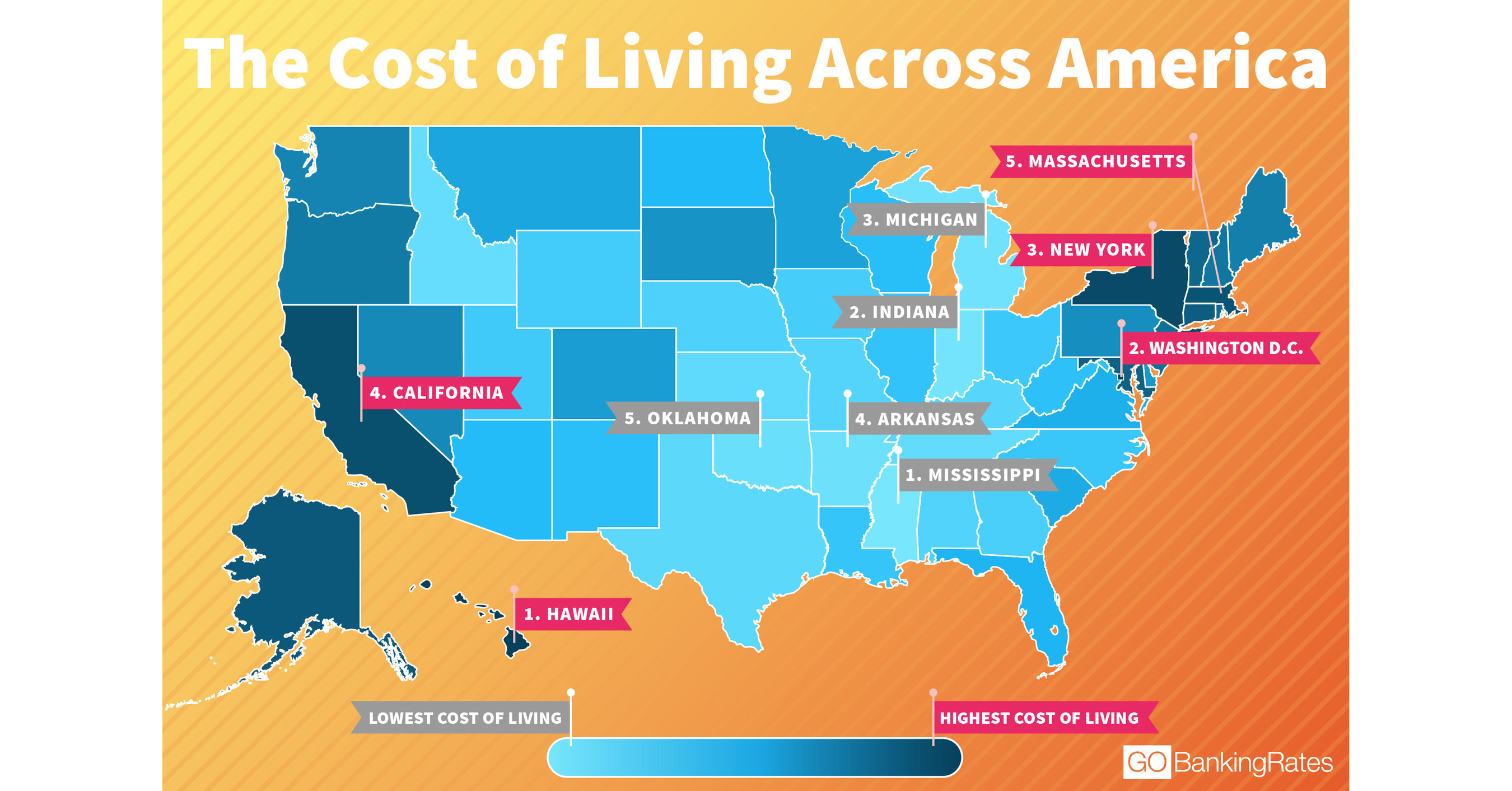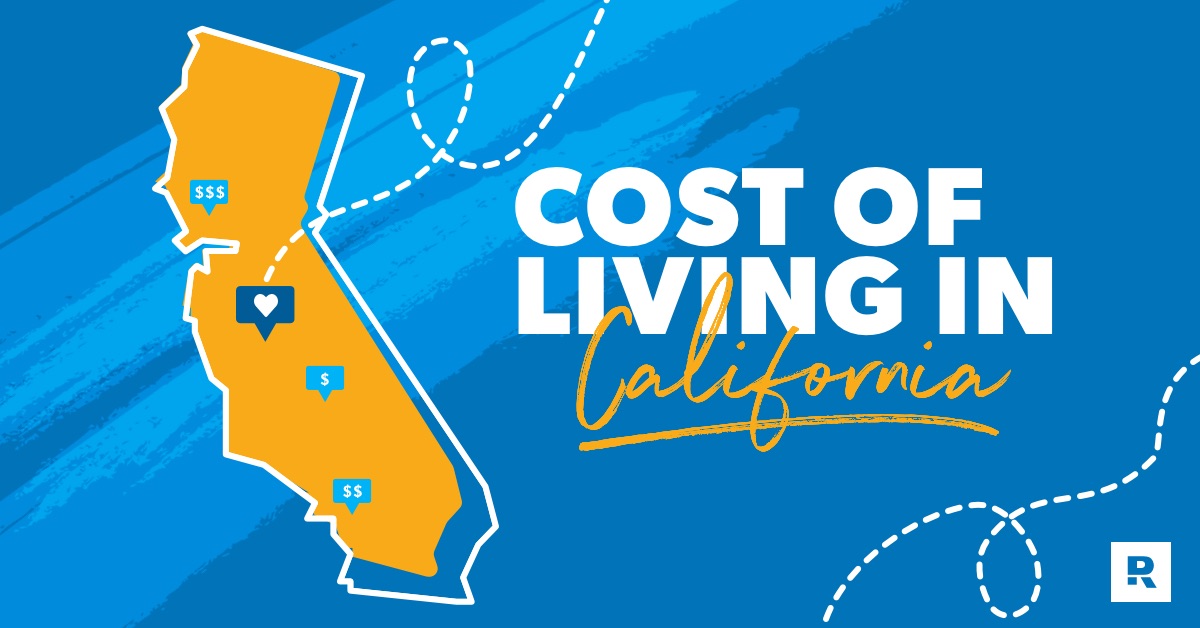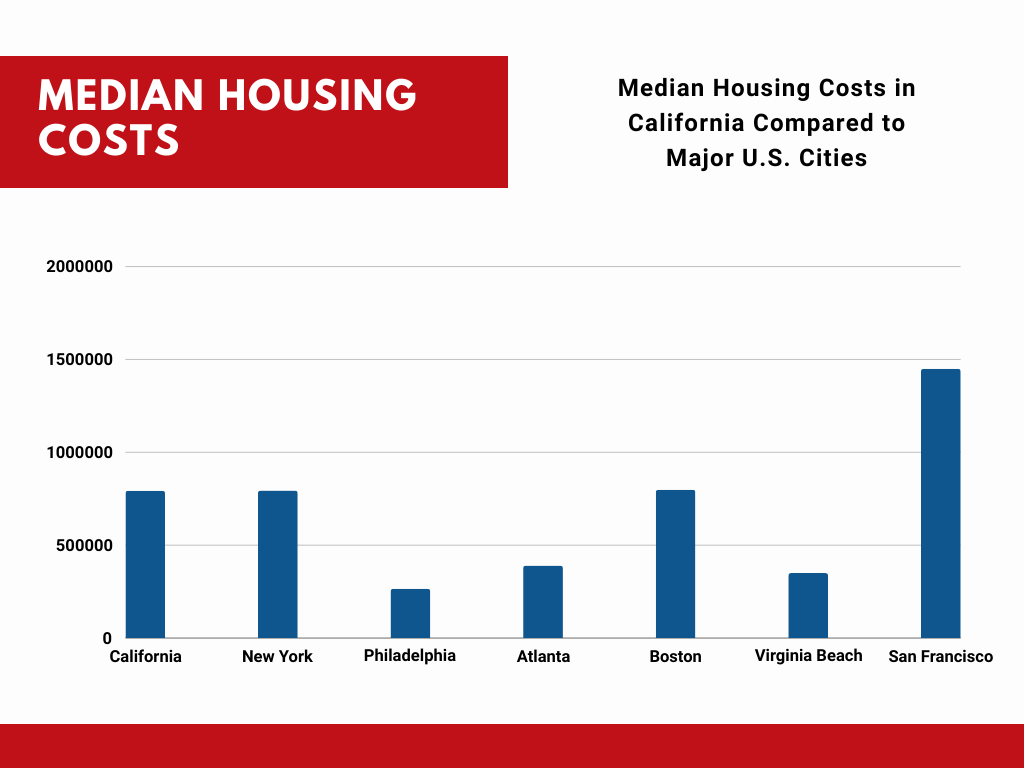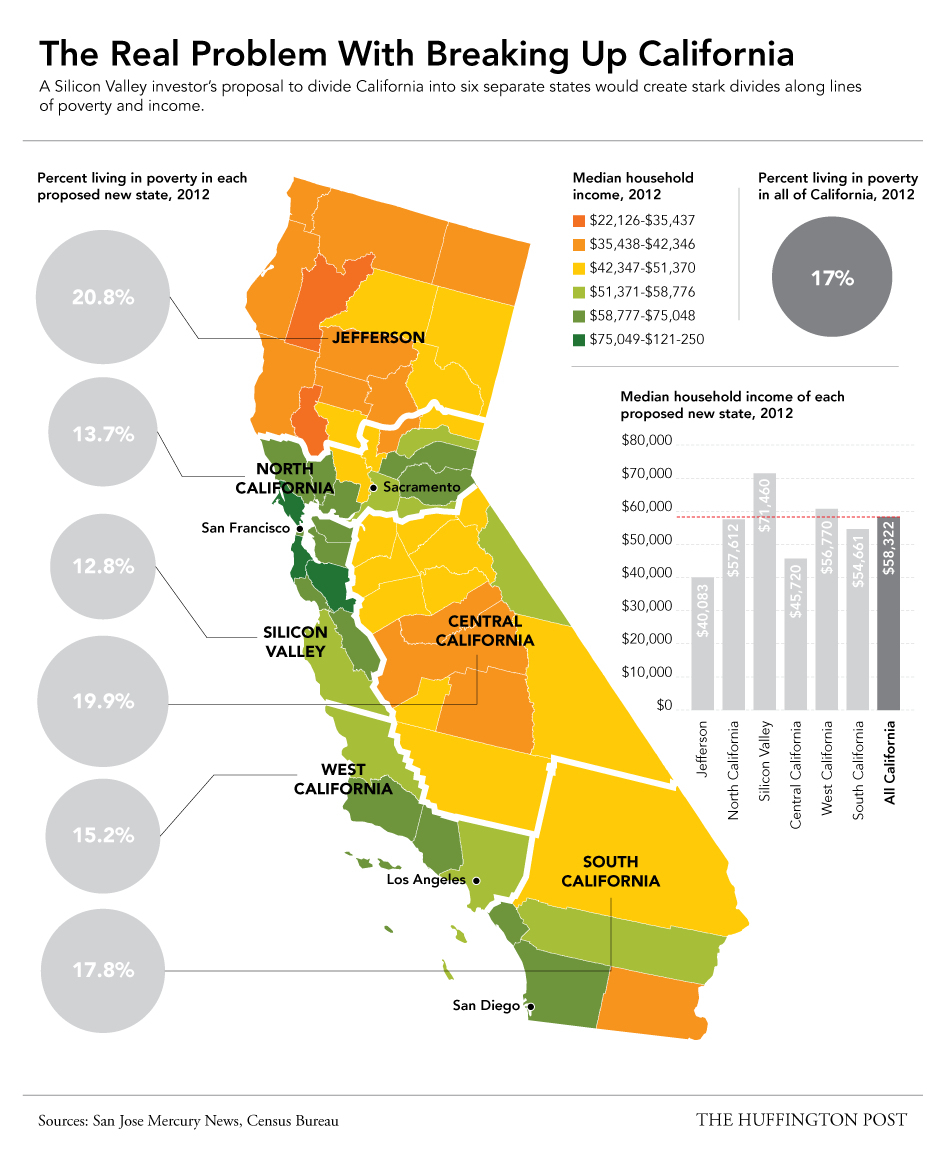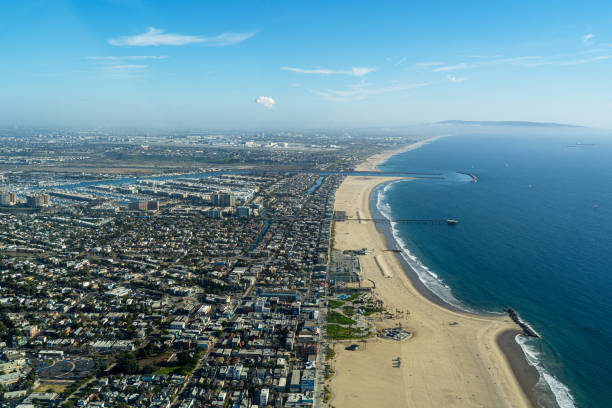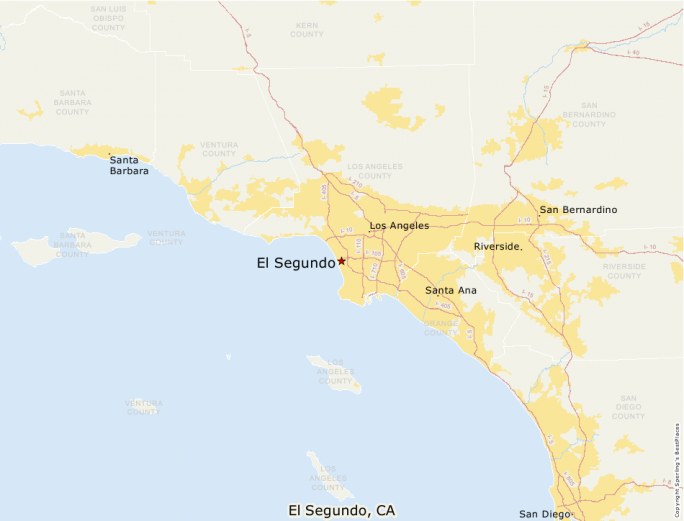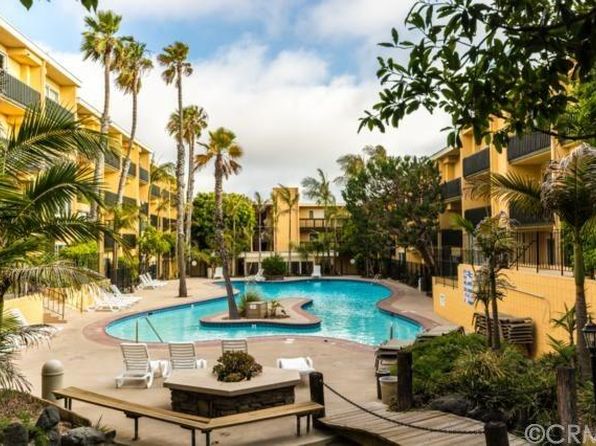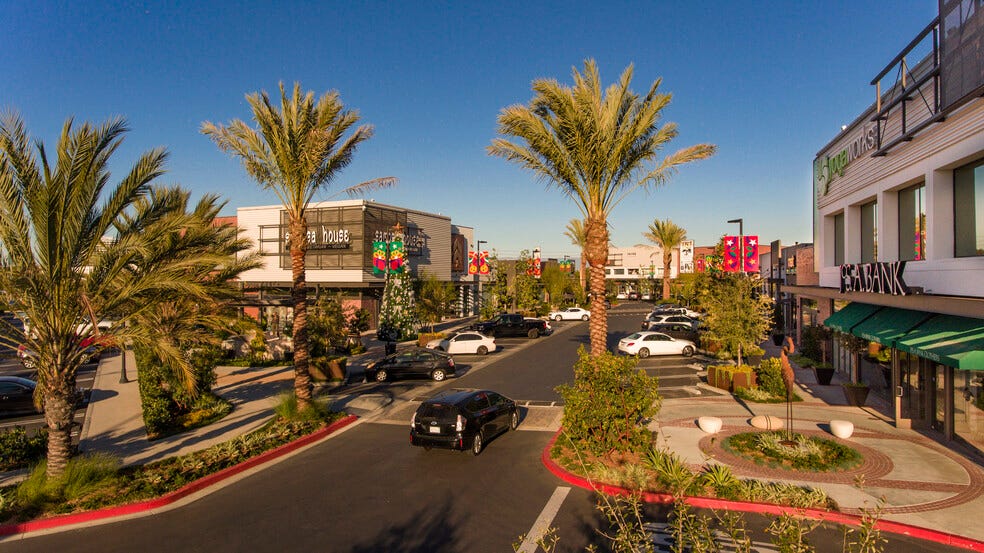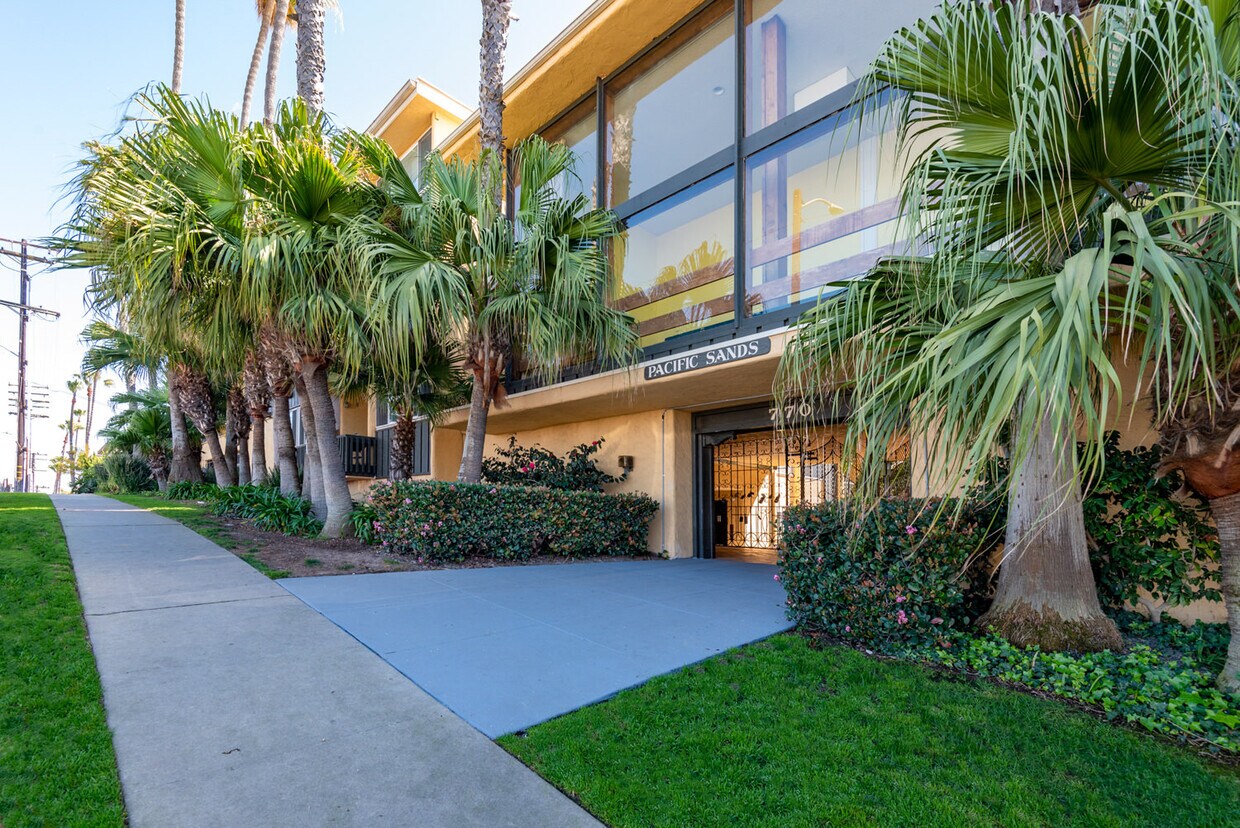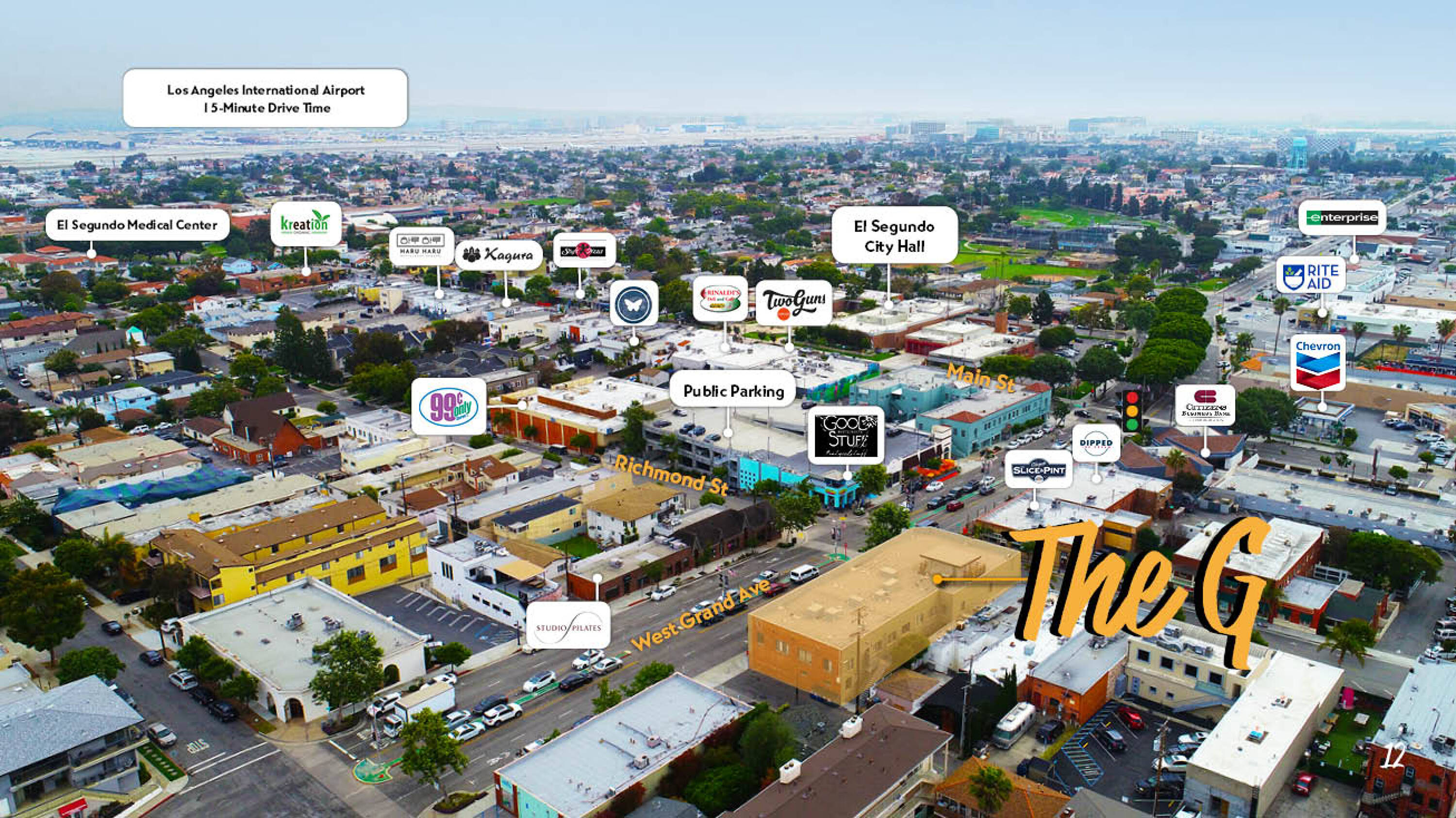Cost Of Living In El Segundo Ca
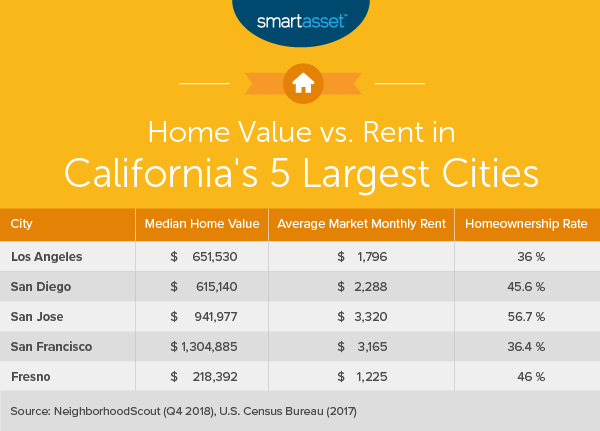
El Segundo, California, a coastal city known for its aerospace industry and proximity to Los Angeles International Airport, is facing a rising cost of living that is impacting residents and prospective newcomers alike. The increased expenses, particularly in housing, are forcing individuals and families to make difficult choices about their financial futures in this desirable Southern California location.
Understanding the complexities of El Segundo’s cost of living is crucial for anyone considering moving to the area or currently residing there. This article will break down the key factors contributing to the high cost of living, explore the specific expenses residents face, and examine potential impacts on the community's socio-economic landscape.
Housing: A Major Driver
Housing costs are a significant driver of El Segundo’s high cost of living. According to data from Zillow, the median home value in El Segundo is currently around $1.5 million.
Rentals are also expensive, with the average rent for a one-bedroom apartment hovering around $3,000 per month, according to RentCafe. Limited inventory and high demand contribute to these elevated prices.
“The demand for housing in El Segundo consistently outstrips supply," explains Sarah Miller, a local real estate agent. "This is due to the city's desirable location, excellent schools, and thriving job market."
Transportation and Utilities
Beyond housing, transportation and utilities also contribute to the overall cost of living. Southern California's reliance on cars makes transportation a considerable expense.
The average cost of car ownership, including gas, insurance, and maintenance, can easily exceed $1,000 per month. Public transportation options are available, but are not always convenient for all residents.
Utility costs, including electricity, natural gas, and water, are also relatively high in El Segundo. California's drought conditions often lead to increased water rates, adding to the financial burden on households.
Food and Groceries
Food costs in El Segundo, like much of California, are higher than the national average. Grocery prices reflect the higher cost of doing business in the state, including factors like transportation and labor.
A single individual can expect to spend at least $400-$500 per month on groceries, while a family of four may spend upwards of $1,200. Dining out is also expensive, with average restaurant meals costing significantly more than in other parts of the country.
Healthcare Costs
Healthcare is another significant expense for El Segundo residents. While access to quality healthcare is generally good, the cost of insurance premiums, co-pays, and deductibles can be substantial.
According to a recent study by the California Health Care Foundation, the average annual premium for a family health insurance plan in California is over $20,000.
Even with insurance, out-of-pocket medical expenses can strain household budgets, particularly for those with chronic health conditions.
Impact on Residents
The high cost of living is impacting residents in several ways. Many are forced to make difficult choices between necessities like food, housing, and healthcare.
Some residents are choosing to move further away from their jobs in El Segundo to find more affordable housing, leading to longer commutes and decreased quality of life. Others are delaying major life decisions, such as starting a family or purchasing a home.
“It’s becoming increasingly difficult for young professionals and families to afford to live in El Segundo,” says Robert Johnson, a local community advocate. “We need to find solutions to address the housing shortage and ensure that El Segundo remains accessible to people from all socio-economic backgrounds.”
Potential Solutions
Addressing the high cost of living in El Segundo requires a multi-pronged approach. Increasing the supply of affordable housing is a critical step.
Local government initiatives, such as zoning changes and incentives for developers, can help encourage the construction of more affordable housing units. Investing in public transportation infrastructure can also help reduce transportation costs and improve accessibility.
Furthermore, supporting programs that provide financial assistance to low-income residents can help ease the burden of everyday expenses. Exploring options such as rent control or subsidies might alleviate some pressure, though these are often controversial.
Conclusion
The high cost of living in El Segundo presents significant challenges for residents and policymakers alike. While the city offers many benefits, including a strong job market and desirable location, the escalating expenses are making it increasingly difficult for individuals and families to thrive. Addressing these challenges requires a concerted effort to increase housing affordability, improve transportation options, and provide support for those struggling to make ends meet. The future of El Segundo depends on finding sustainable solutions that ensure the city remains a vibrant and accessible community for all.

